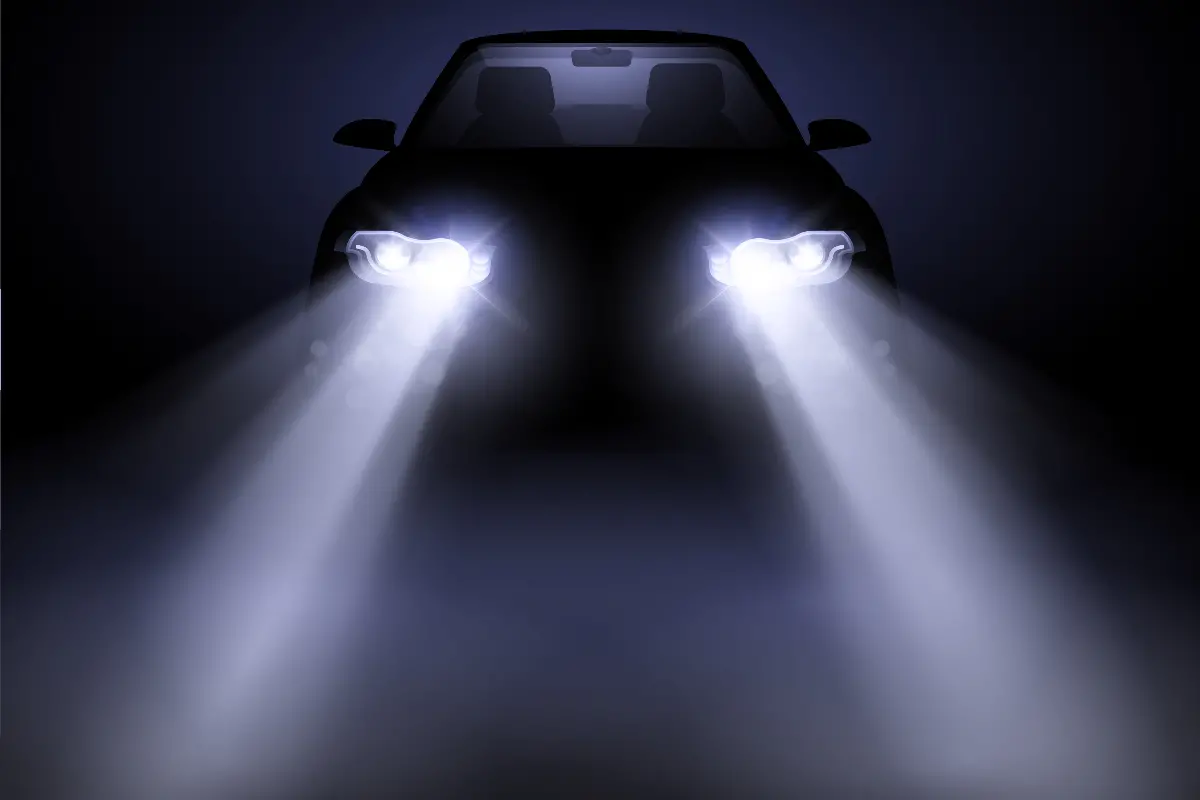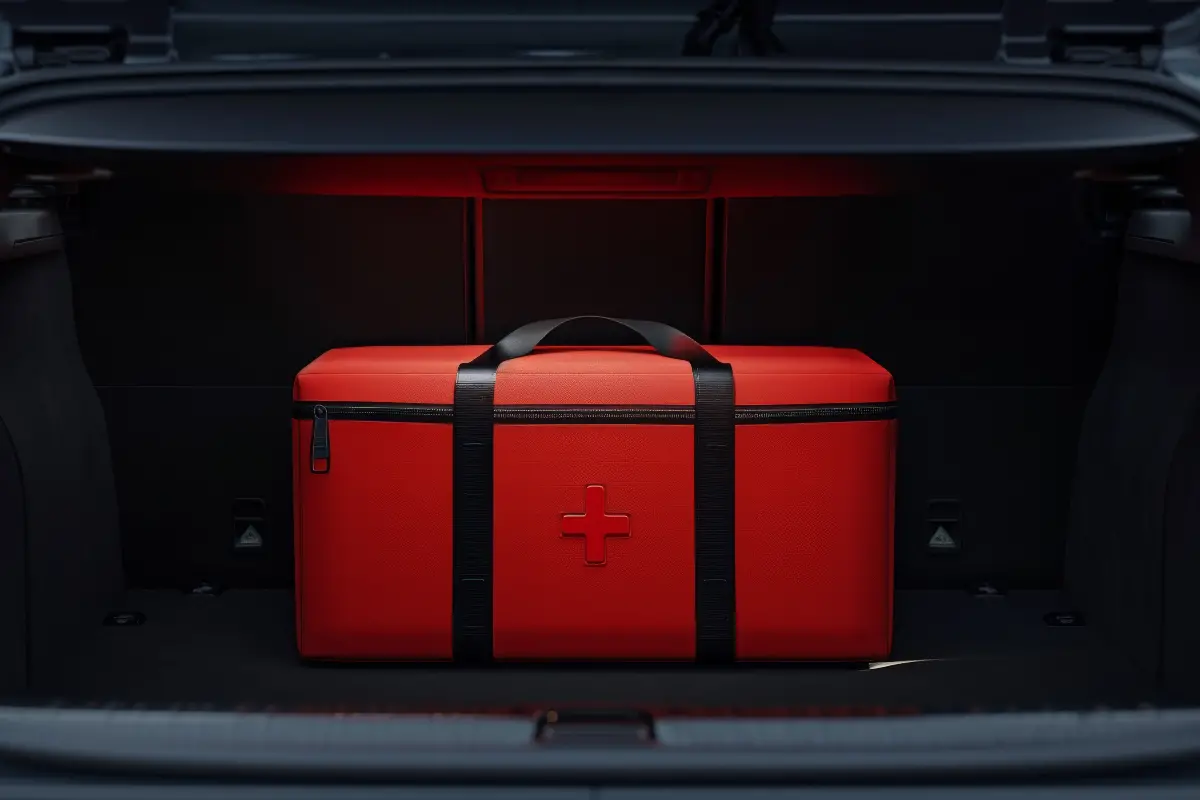The allure of the open road is undeniable and for many, nighttime drives evoke a special sense of freedom and tranquility. However, driving after dark poses unique challenges and risks that demand heightened awareness and preparation. Illuminating the way, let's explore some indispensable safety tips for those who find themselves behind the wheel under the cover of night.

Understanding the risks is the first step to safety. Night driving accounts for nearly half of all traffic fatalities, despite there being significantly less traffic on the roads. Diminished visibility, the glare of oncoming headlights, and a higher likelihood of encountering impaired drivers all contribute to the dangers of nocturnal journeys.
Visibility is paramount when driving at night, and maintaining clear sight lines is essential. Before venturing out, clean your vehicle's headlights, taillights, signal lights, and windows. Even a thin layer of grime can significantly diminish the effectiveness of your lights and inhibit your ability to see—and be seen—clearly. Additionally, properly aligned headlights ensure optimum illumination without blinding oncoming traffic.

It's not just about what you can see, but also about being visible to others. Using your headlights is a given after dusk, but remember to switch to low beams when another vehicle is approaching to prevent glare-related accidents. Moreover, keep your dashboard lights dimmed to improve your visibility of the road ahead.
Your own eyes need to adapt to the lower light levels present at night. Give your eyes time to adjust to the darkness before starting your trip and be mindful when moving from well-lit areas to darker ones. Sunglasses should be avoided after sundown, and if you wear corrective eyewear, ensure that anti-reflective coating is applied to reduce additional glare.
Drive defensively and at a reduced speed. The limited visibility of night driving means that obstacles and unexpected events can appear suddenly. Slowing down provides additional reaction time and helps prevent accidents. Keep a safe following distance from the vehicle ahead, and be cautious when passing other vehicles.

Fatigue is another night driving hazard, trenchantly jeopardizing safety. Drowsiness impairs reaction times and decision-making abilities, a dangerous combination when at the wheel. If you're feeling sleepy, pull over to a safe location and take a brief nap or switch drivers if possible. It's important to recognize the symptoms of fatigue, including frequent yawning, heavy eyes, and drifting from your lane.
Wildlife is more active during the night, and your chance of encountering animals on the road increases after sunset. Stay alert, particularly if you're driving through rural or wooded areas. If you see an animal in the road, brake firmly but maintain your lane—swerving can lead to a loss of vehicle control.
Nighttime is also a common period for road work, thus you may encounter construction zones. Lower your speed, heed all road signs, and be watchful for workers and machinery. The reflective gear and signage are in place for everyone's safety; respecting them helps ensure a safe passage for all.
Emergency preparedness is vital when embarking on a nocturnal voyage. Keep an emergency kit in your vehicle stocked with essentials such as a flashlight, flares, first-aid supplies, and a charged mobile phone. If you encounter trouble, pull as far off the road as possible, turn on your hazard lights, and use your emergency gear as needed.

Technology can serve as a valuable ally during night drives. Modern vehicles are often equipped with features designed specifically for night driving, such as adaptive headlights that adjust automatically to curves and elevation changes, or night vision systems that can detect and alert you to the presence of pedestrians or animals. If your car has these capabilities, familiarize yourself with their use to leverage their full potential.
Even a well-prepared driver can encounter unforeseen issues, so ensure your vehicle is in top working order. Regular maintenance checks including tire pressure, oil levels, and all lights can prevent breakdowns. Additionally, consider having your brakes checked regularly, as responsive brakes are crucial for reacting to surprises on the road.
Your mental state and attitude toward driving at night can make a considerable difference. Approach nighttime driving with a cautious and measured mindset. Be patient with other road users, and don't let frustration or aggression compromise your safety or that of others. Remember that everyone wants to reach their destination safely.
Finally, if you are a frequent night-time driver or you plan to embark on a considerable night journey, consider taking a defensive driving course that includes a nighttime driving component. These courses provide hands-on experience and professional guidance on how to handle the unique challenges of driving after dark.
To sum up, while the tranquility and clarity of the night may be enchanting for drivers, those same shadows harbor distinct hazards. By equipping yourself with knowledge, preparing your vehicle, and employing prudent driving practices, you can traverse the nocturnal roads with confidence and security. Stay vigilant, stay safe, and let the lunar glow guide you to your destination.
